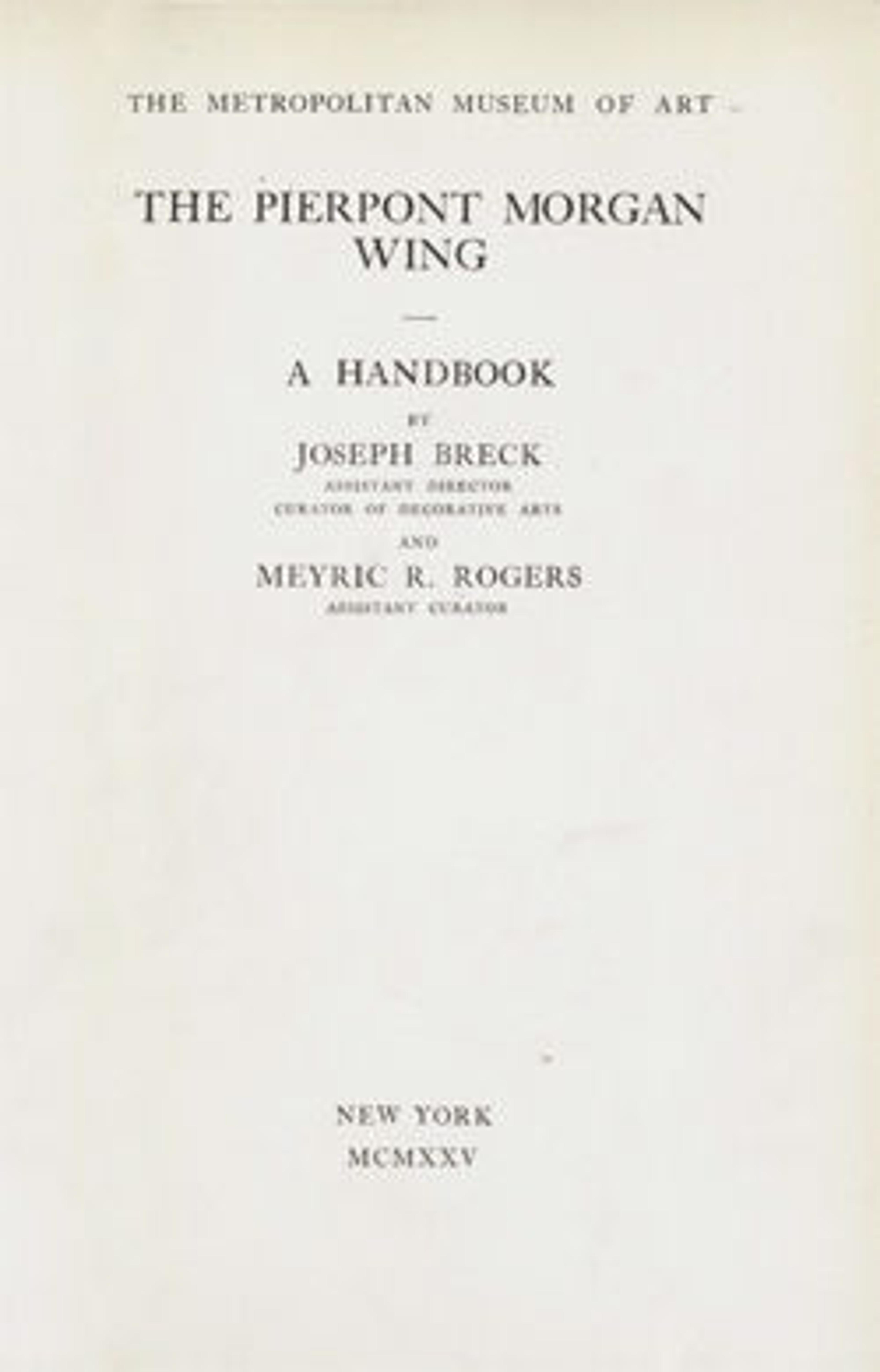Table clock
The underside of the case bears the punchmark ND, in this period probably the mark of the clockmaker, not the casemaker. The engraved band on the side of the case reproduces a 1549 print by Hans Sebald Beham (1500–1550) titled Triumphal Procession of the
Noble Glorious Women, which was also used as a model for the reliefs on the base of the clock. The clock is signed by Caspar Behaim. Although it is often possible to trace the sources of their designs, very little is known about sixteenth-century clock casemakers. The watch movement was probably installed relatively recently, perhaps when the present hand was made.
Noble Glorious Women, which was also used as a model for the reliefs on the base of the clock. The clock is signed by Caspar Behaim. Although it is often possible to trace the sources of their designs, very little is known about sixteenth-century clock casemakers. The watch movement was probably installed relatively recently, perhaps when the present hand was made.
Artwork Details
- Title: Table clock
- Maker: Clockmaker: Caspar Behaim (Chasparus Bohemus) (Austrian, active 1568–84)
- Date: case 1554, movement ca. 1680
- Culture: German, possibly Nuremberg
- Medium: Case: gilt brass; Movement: iron stackfreed mechanism
- Dimensions: Overall: 1 1/4 × 2 1/2 in. (3.2 × 6.4 cm)
- Classification: Horology
- Credit Line: Gift of J. Pierpont Morgan, 1917
- Object Number: 17.190.1513
- Curatorial Department: European Sculpture and Decorative Arts
More Artwork
Research Resources
The Met provides unparalleled resources for research and welcomes an international community of students and scholars. The Met's Open Access API is where creators and researchers can connect to the The Met collection. Open Access data and public domain images are available for unrestricted commercial and noncommercial use without permission or fee.
To request images under copyright and other restrictions, please use this Image Request form.
Feedback
We continue to research and examine historical and cultural context for objects in The Met collection. If you have comments or questions about this object record, please complete and submit this form. The Museum looks forward to receiving your comments.
